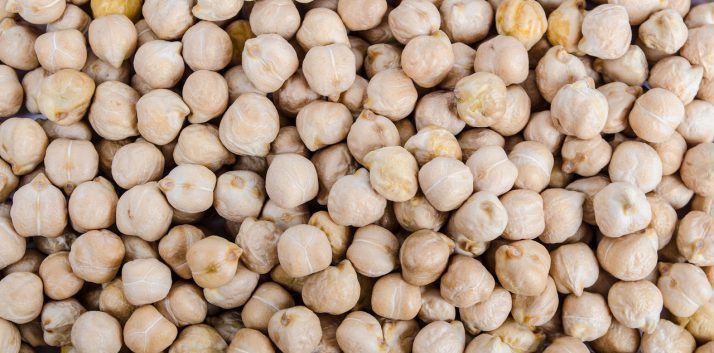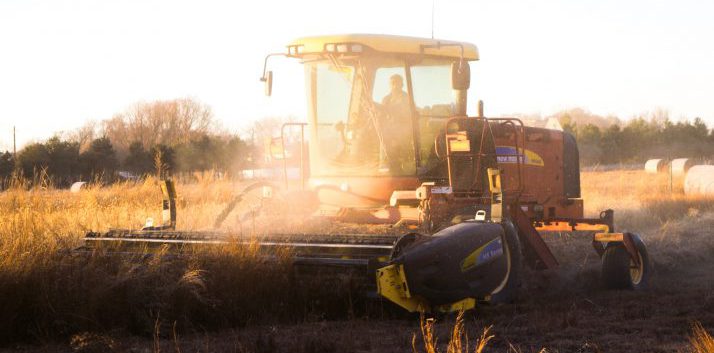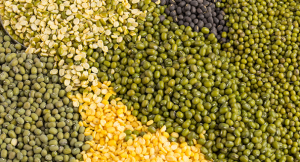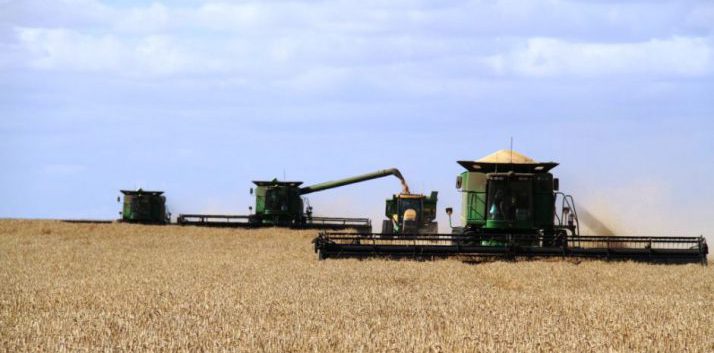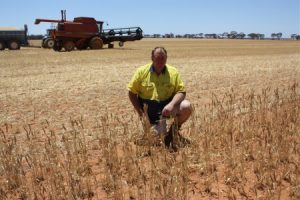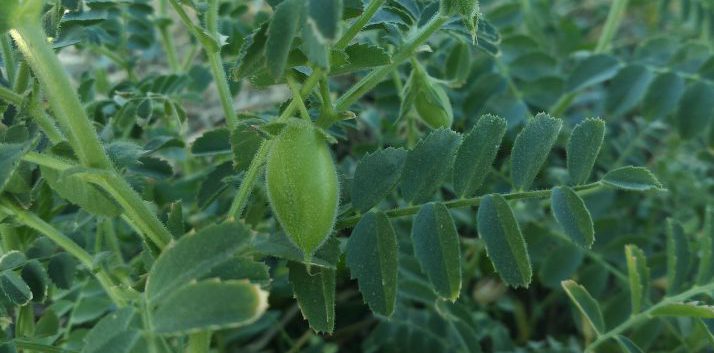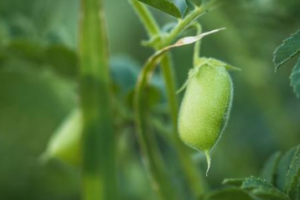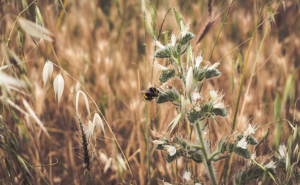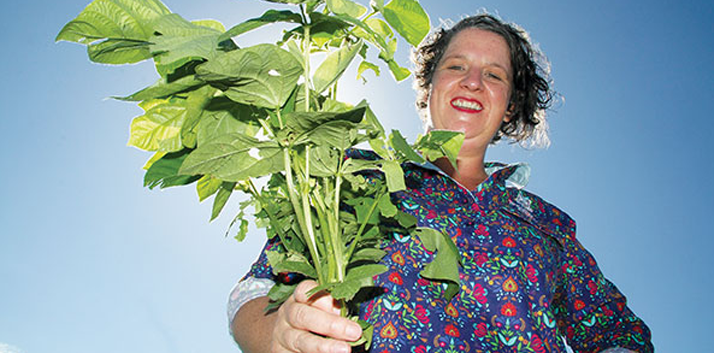A multi-nation research collaboration is hoping to unlock valuable new opportunities for the production of chickpeas in Australia.
Researchers supported by GRDC have collected and multiplied wild chickpea species located in the Middle East to build a special genetic resource from which important traits are being screened.
Researches are hoping for a possible incorporation into a new disease-resistant, stress-tolerant, high-yielding varieties for Australian growers.
Dr Francis Ogbonnaya, GRDC pulses and oilseeds manager, says the research is likely to lead to an expansion of Australia’s chickpea production area, particularly in regions where opportunities to grow chickpeas have been limited due to the availability of lines tolerant to constraints such as acidic soils, abiotic stresses and disease stresses.
Chickpeas are Australia’s most valuable cash crop
Dr Ogbonnaya explains the importance of chickpeas in Australia, “…they play an important role in terms of overall optimisation and sustainability of our farming systems.”
“They act as a break crop for cereal rotations, they add nitrogen to the soil, assist with weed control and add market diversity.”
The new research aims to help farmers who have previously had difficulty growing chickpeas due to the narrow genetic base of the domesticated chickpea.
Growth for WA
In Western Australia 2017, only 5000 hectares were planted to chickpeas because of the lack of chickpeas adapted to acidic soils.
“If growers had access to varieties with acid tolerance – and evidence is showing those traits exist in the wild material we now have available – the area planted to chickpeas in the west could potentially grow to about 500,000 hectares. Growers would have a valuable break-crop alternative to lupins.”
Wild Genetic Material
CSIRO ecophysiologist, Dr Jens Berger, says
“I am optimistic that we captured the adaptive diversity needed to improve the performance of cultivated species.”
The wild genetic material is being screened for traits such as tolerance to acidic soils, drought, heat and cold, water use efficiency and resistance to diseases such as ascochyta blight, Phytophthora root rot and root lesion nematodes.
Participating in the work are several of GRDC’s Australian research partners including the Centre for Crop and Disease Management; Murdoch University.

